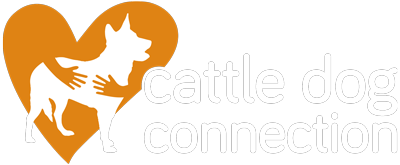Maintaining genetic diversity by (1) keeping more males in breeding programs and (2) not removing carriers from our gene pool
The gene pool of a closed breed can never get bigger, but it can get smaller.
Genetic diversity is something breeders should be concerned about. Especially breeds with smaller populations. Bell (2011) mentions that breeds may start to suffer from issues such as smaller litter sizes, increased neonatal death, high frequency of genetic disease or impaired immunity. According to him it's also not because of linebreeding or outbreeding that causes the loss of genes from a breed gene pool, but rather the loss of genes that occurs through selection: the use and non-use of offspring. In other words if a breeder only breeds with a limited number of lines, then there is a loss of genetic diversity. Bell (2011) points out the most important factor for diminishing genetic diversity in dog breeds as the “Popular sire syndrome.” This is where a popular sire is overused by frequent breeding. This significantly reduces the gene pool by excluding quality, unrelated males who are not used for breeding and who should be contributing to the gene pool.
The other factor that can diminish the gene pool of purebred dogs, is removing carriers of hereditary genetic diseases from our breeding programs. When breeding carrier to a clear dog, there is 50% chance that puppies will be clear and 50% chance that puppies will be carriers, but ALL PUPPIES WILL BE HEALTHY. On the other hand, excluding carriers from a breeding program will reduce the genetic material of the breed’s gene pool. Carrying out this practice over time would cause dramatic shrinkage of the gene pool, which in turn, could lead to the appearance of new, prior unknown or extremely rare disorders. Today, carrier dogs can be identified by a simple genetic test, that allows carriers and affected dogs to be included in breeding programs and in doing so, maintain the stability of the gene pool without increasing the risk of new, unknown disorders from emerging. See graph below:
References
Bell, JS. 2011. Small Population Breeds and Issues of Genetic Diversity. Tufts’ Canine and Feline Breeding and genetic conference.
<a href=" removed link "> removed link
<a href=" removed link "> removed link
<a href=" removed link "> removed link
Rhea, Thank you so very much for this, it is so important! The article is short enough that breeder members will read it, easy to understand and non-breeders may also find it interesting. Did you translate from Afrikaans? I think we should post both languages? If you would like me to edit the translation, I would happily do it?
- 32 Community Forums
- 12 Topics
- 20 Posts
- 0 Online
- 330 Members

